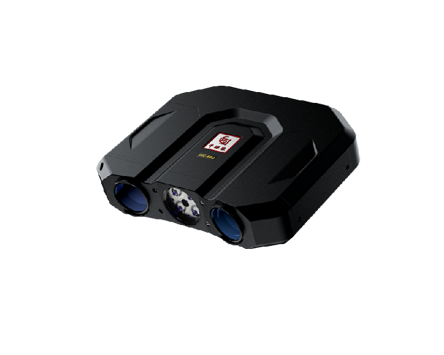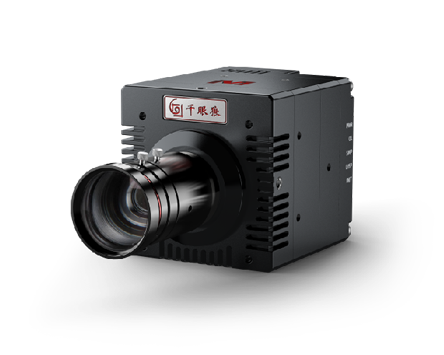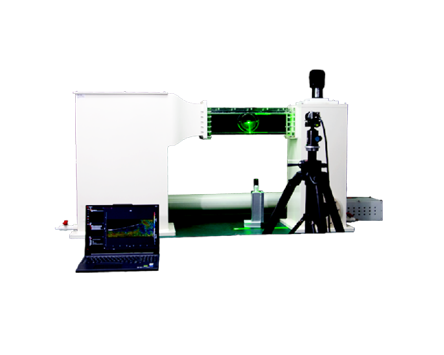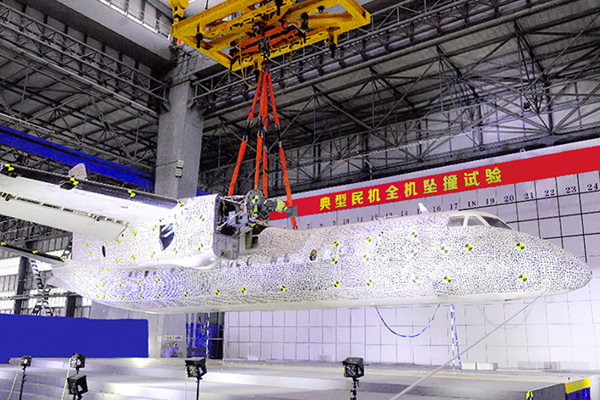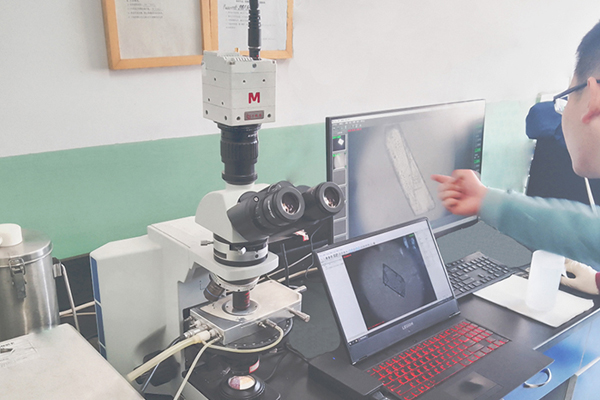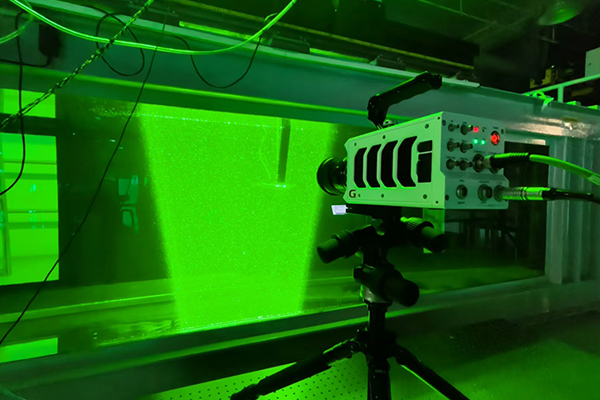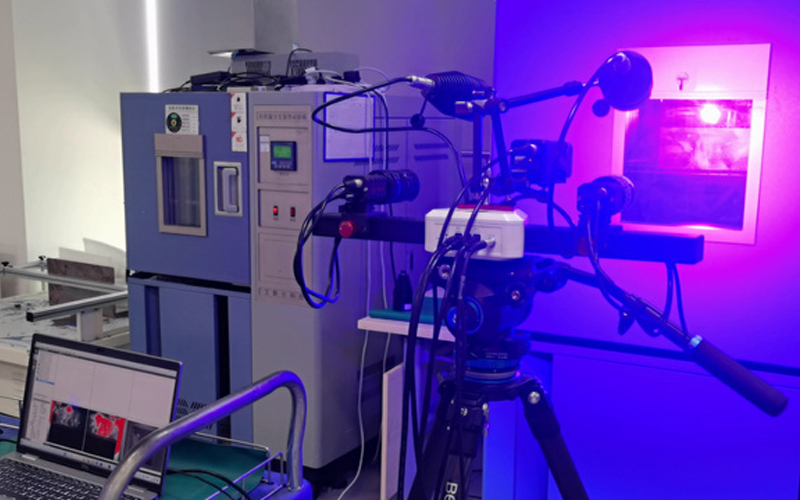
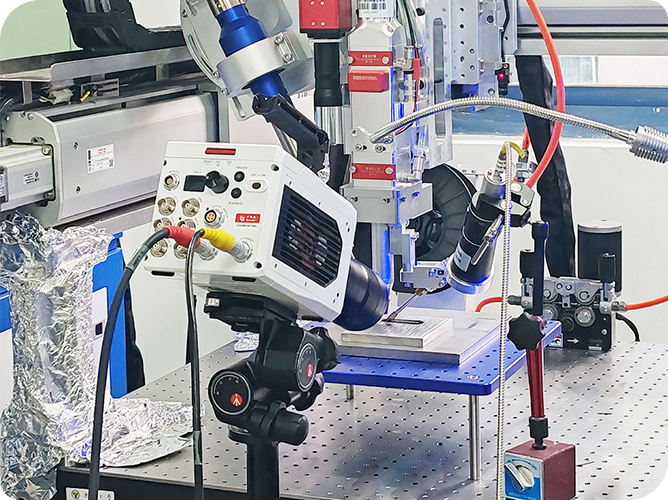
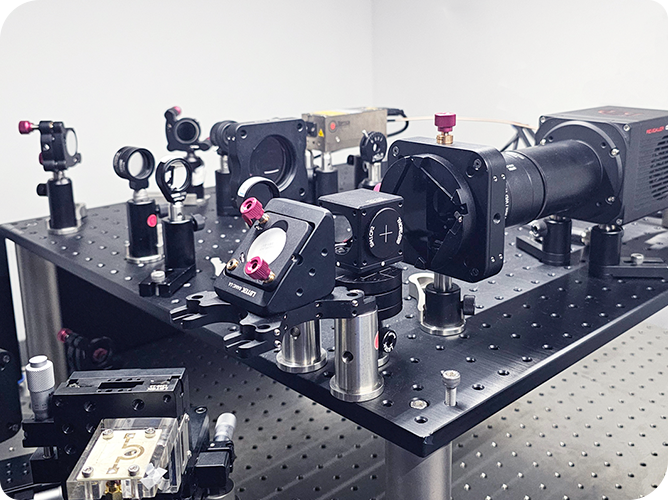
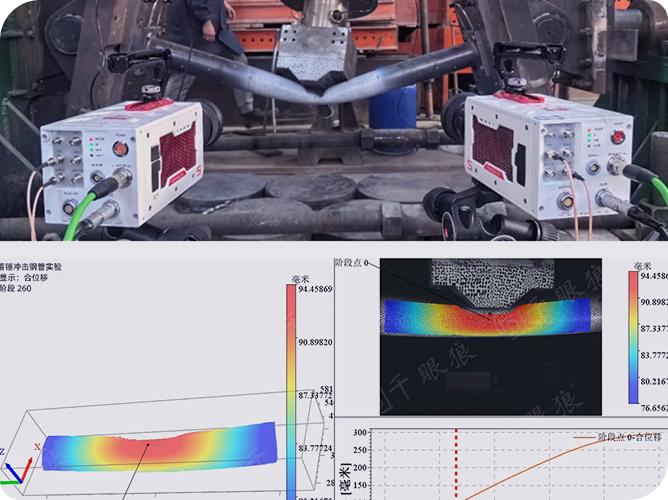
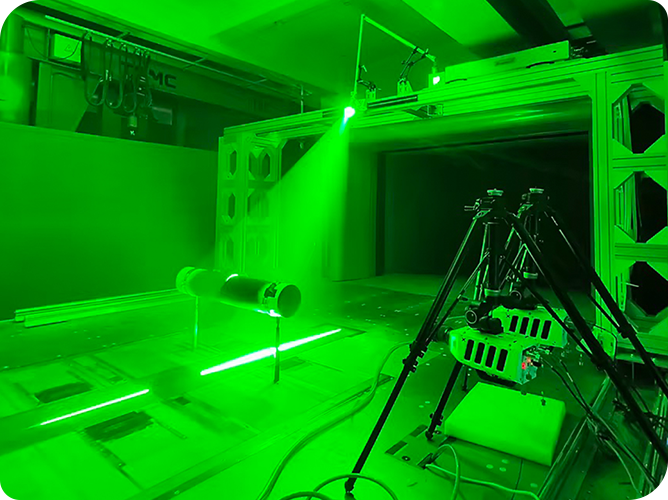
Application Analysis | Application of high-speed cameras, DIC strain measurement systems, and PIV flow field measurement systems in geological disaster prevention and control
On April 20, the first International Academic Forum on Geological Hazard Air Defense during the Life Cycle of Reservoirs ( 2025) was successfully concluded in Yichang, Hubei. The conference focused on key issues such as reservoir geological hazard risk assessment, monitoring and early warning. Qianyanlang Scientific Instruments was invited to attend the conference with its independently developed high-speed camera, digital image correlation (DIC) strain measurement system and particle image velocimetry (PIV) flow field measurement system . The conference demonstrated the typical applications of Qianyanlang's three major scientific instrument products in debris flow simulation, slope landslide monitoring, rock mechanics experiments and crack evolution characterization, earthquake simulation and other subdivided research fields.

1. Debris flow simulation
The movement mechanism of debris flow involves complex solid-liquid two-phase flow coupling, and its flow velocity, shear force, etc. are crucial to disaster assessment.
The use of high-speed cameras can capture every detail of the movement of debris flows at a full-frame rate of 10,000 frames, from the flow to the accumulation of debris flows, record its flow state changes, flow velocity, flow rate and other key parameters, observe phenomena such as the detour of debris flows when encountering obstacles, and provide image data support for disaster assessment.
The particle image velocimetry (PIV) flow field measurement system accurately captures the flow field distribution and turbulence structure within the debris flow by tracking the motion trajectory of missing particles, and verifies the accuracy of the debris flow impact force prediction in combination with numerical models.
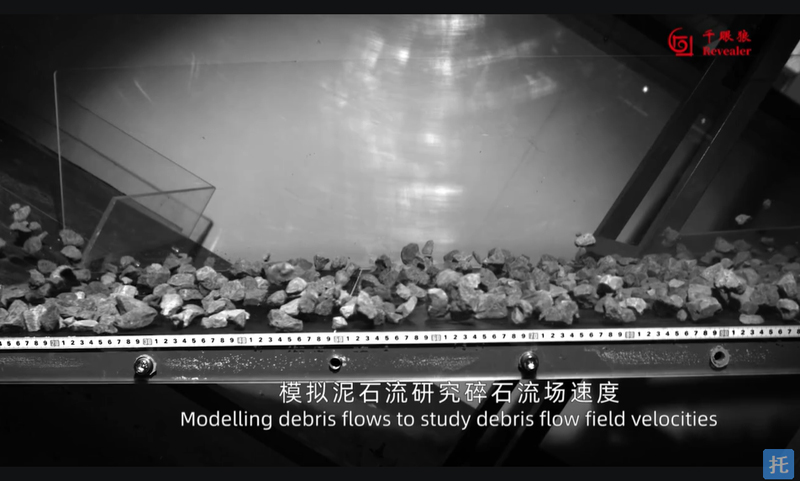
2. Slope landslide monitoring
Slope landslides are usually accompanied by progressive deformation phenomena such as cracks and subsidence caused by external factors such as rainfall, earthquakes, and human activities, as well as sudden sliding after deformation reaches a certain extent.
The use of high-speed cameras can monitor the deformation and failure process of the slope under different loads, capture the tiny cracks on the slope surface, the displacement of the rock and soil, and the formation and development of the sliding surface, providing strong support for the evaluation of slope stability and the formulation of reinforcement measures.
The digital image correlation (DIC) strain measurement system uses non-contact full-field strain analysis to monitor the strain field of the slope model under rainfall or water level fluctuation conditions in real time and locate potential landslide surfaces.

3. Rock mechanics experiments and crack evolution characterization (2 videos combined)
The fracture behavior of rocks under complex stress is a research focus of geological disaster prevention and control.
The DIC strain measurement system, in combination with an ultra-high-speed camera, uses the digital image correlation algorithm to clearly display the strain changes of rocks in the elastic deformation stage, yield stage, and failure stage through the speckle pattern marked on the rock surface. It also records the generation sequence of cracks and the crack propagation path during the fracturing process.
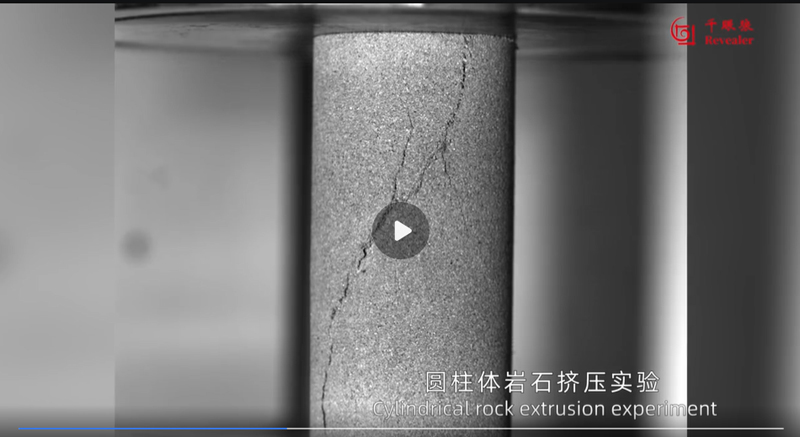
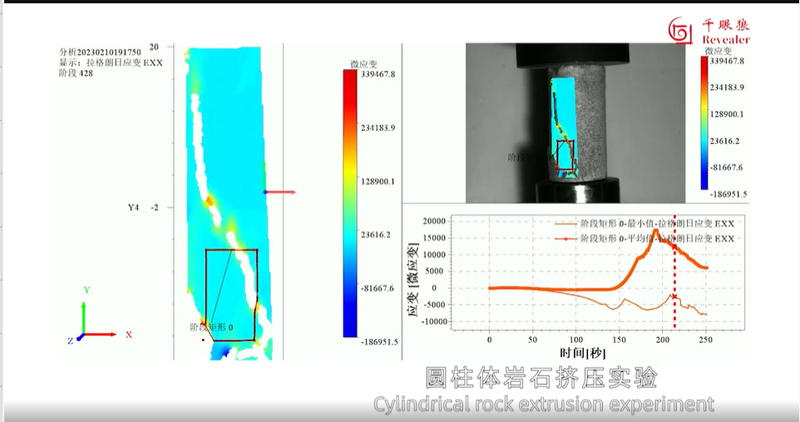
4. Earthquake simulation
Earthquake loads can easily trigger chain disasters such as building collapse and landslides, and their dynamic responses need to be studied through physical simulation.
High-speed cameras can be combined with DIC technology to capture the dynamic displacement and projection trajectory of objects caused by the propagation of earthquake waves simulated by the shaking table. The tilt angle, movement speed, and acceleration of the simulated object can be calculated to provide an experimental basis for the earthquake-resistant design of the building.
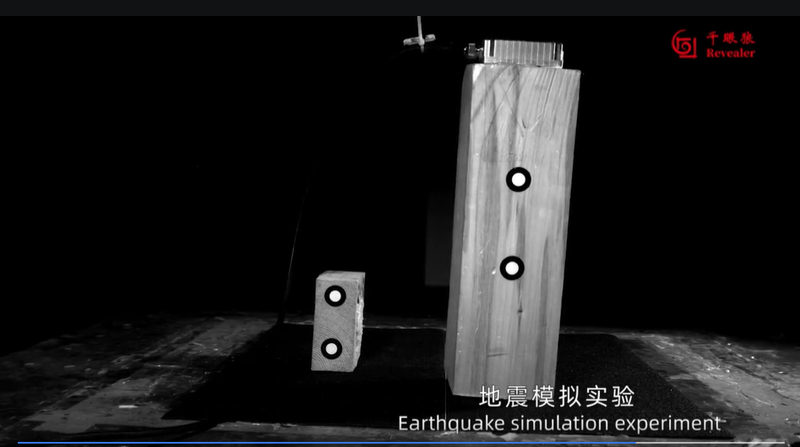
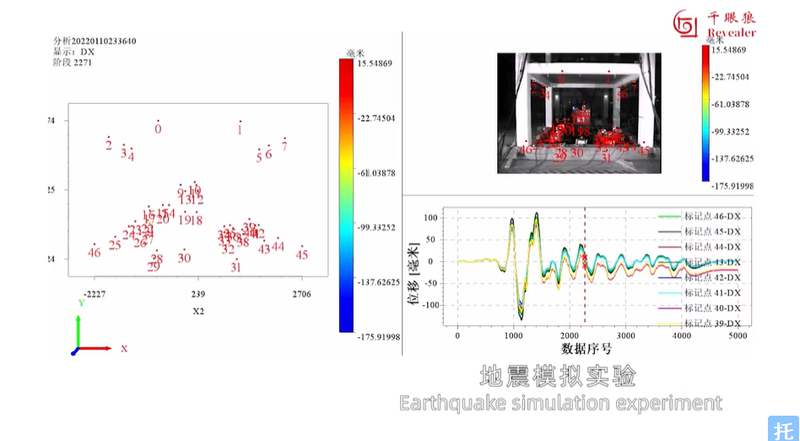
Conclusion
From the deformation and failure mechanism of rock and soil to the simulation of chain disasters, high-speed cameras, DIC strain measurement systems, and PIV flow field measurement systems have become indispensable scientific instruments in the research of geological disaster prevention and control due to their advantages of high temporal and spatial resolution and non-contact measurement. They will surely play an important technical support role in responding to geological disasters throughout the life cycle of reservoirs, protecting the ecological environment, and ensuring the safety of people's lives and property.
